Do you find it confusing deciding whether you need to protect your home theater?
What’s the difference between Power Managers vs Surge Protectors For Home Theater?
Does it matter?
In this article, I’ll answer these questions in detail so that in the end, you’ll be well-armed to make the choices that are right for your particular home theater system.
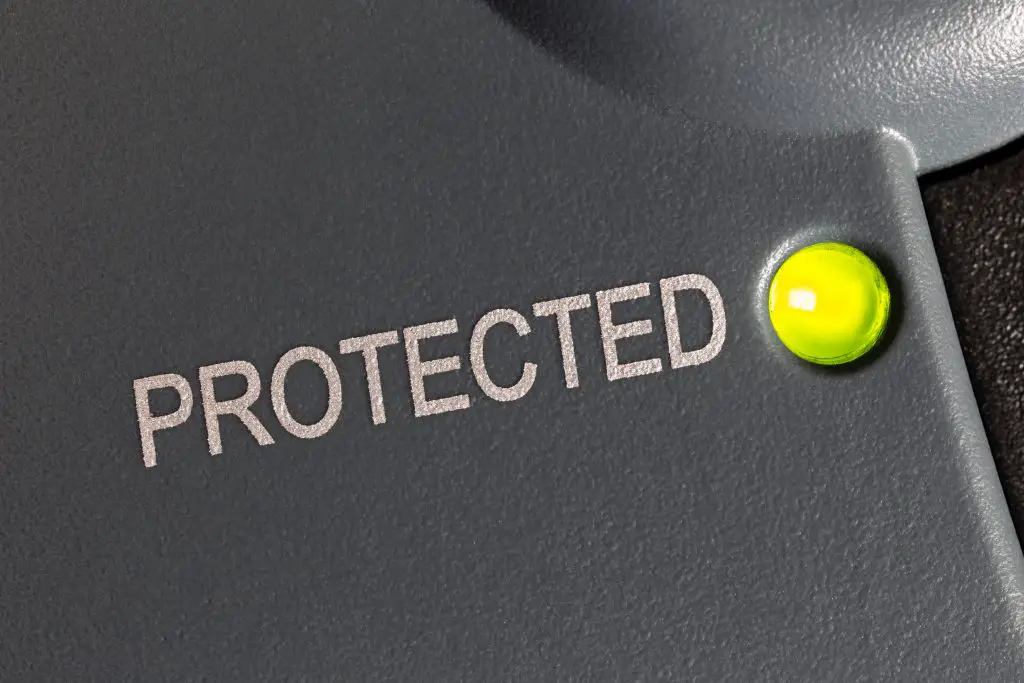
Contents
- Clean Power vs. Dirty Power
- How Does Power Affect Your Home Theater?
- Can You Protect Your Home Theater Equipment?
- What is a Home Theater Power Manager?
- How Do Home Theater Surge Protectors Differ?
- Why Choose a Home Theater Power Manager?
- When to Choose a Home Theater Surge Protector?
- Is There a Noise Problem With Home Theater Power Managers?
- Avoiding the “So-Called” Noise Problem with Power Managers
- A Summary: Power Managers vs Surge Protectors For Home Theater
- FAQs
First, it helps to understand a little about the quality of the electricity that drives your home theater system and how problems with your power supply might prompt you to consider buying a device to protect your home theater components from those problems’.
Clean Power vs. Dirty Power
If your electrical power is always clean, you won’t ever have to worry about spending money to protect your system. What do I mean by clean power?
In short, clean power refers to electricity that flows without interruption and at the nominated rate to all devices. Technically it is a perfect sine wave of AC power that oscillates at an ideal 60 Hz with no noise or distortion in the line. It is electricity that is free of damaging power spikes and voltage drops.
Unfortunately, our power these days is not always clean. It’ll be no surprise then to find out that “non-clean” power is called “dirty electricity” or “electrical pollution.” Power becomes dirty when voltage noise or ripples occurs outside the ideal sine waveform. But it’s not just dirty electricity that is a problem.
There are extreme occurrences like power surges and power outages.
Power outages are self-explanatory. None of your connected devices will operate on their own without power.
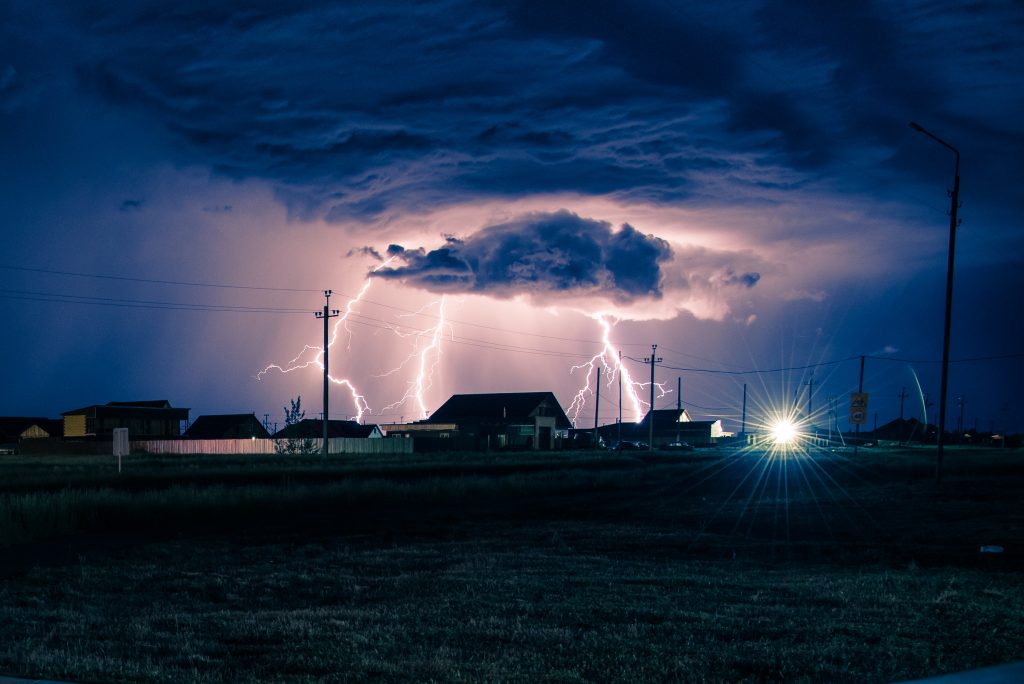
Power surges are caused in various ways, from lightning strikes to something as simple as when a large appliance starts up. In these cases, like a lightning surge, there are not just ripples in the power supply but a massive high-voltage charge through your home’s electrical system.
How do these “non-clean power” occurrences affect the electronic devices that make up your home theater?
How Does Power Affect Your Home Theater?
Power outlets produce a 120-volt charge in your house, which is not usually fully delivered to your home theater components like the display, TV, AV receiver, audio equipment, etc. But these electronic devices cannot survive a surge in power substantially more than the standard 120-volt charge. And can be damaged or even destroyed by such a surge.
What about the impact of dirty power?
The various anomalies that occur with dirty power, like frequency/voltage variations, can impact the performance of your audio equipment and, even over time, cause the devices to malfunction. You’ll be aware of the impact of the dirty power when you hear noise or interference in the sound coming from your speakers.
There’s also the phenomenon of dirty power known as normal mode noise. This term refers to a low-level signal that accompanies the average power flow and can be introduced by any equipment connected to the same line. For example, when other devices are turned on, e.g., an electric oven, a light or, even a power switch, you may hear a hum or popping noise in your speakers.
So if you’re experiencing dirty power regularly or live in an area subject to regular power surges, you’re likely to be thinking about how to avoid the impact of these occurrences.
Can You Protect Your Home Theater Equipment?
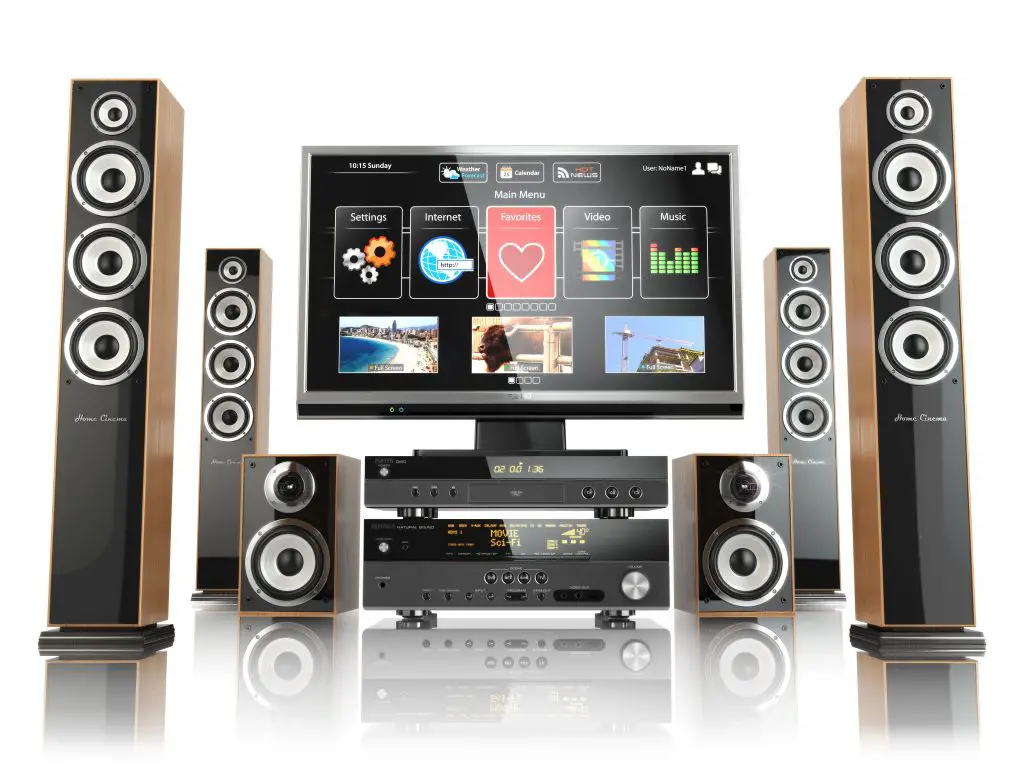
Fortunately, there are various options available to protect your home theater installation from the problems caused by “non-clean” power, which come with varying levels of cost and effectiveness.
The options are:
- Power Managers (Power Conditioners)
- Surge Protectors
- Power Strip
- UPS (Uninterruptible Power Supply)
Let’s look at each, in turn, focusing on power managers and surge, protectors.
What is a Home Theater Power Manager?
Home theater power managers are also called home theater power conditioners, so don’t be confused when these terms are used interchangeably. They mean the same thing.
Power managers offer some or all of a range of electrical protection features:
- regulating AC power distribution to electronic devices
- surge protection
- noise filtration – filtrating or cleaning dirty power by either eliminating or at least reducing AC noise
- sequential system power ON/OFF
- under/over-voltage protection
Most home theater power managers provide the first three protections listed above, based on a combination of the three following components:
- a surge diverter
- an isolation transformer
- a powerline noise filter
It sounds a bit technical.
It means that the isolation transformer enables the surge diverter to redirect surge energy to the ground without creating a common mode disturbance that I talked about earlier. In the same way, the isolation transformer improves the performance of the noise filters as they divert EMI (electromagnetic interference) and RFI (radio frequency interference) to the ground.
The result is a home theater system that performs reliably, dependably, and consistently.
A theater power conditioner often looks like a set-top box with the front panel containing a small screen that displays current-voltage and other indicators depending on the model. At the rear are multiple outlets, each for a specific usage like power amps, high-voltage devices, etc. It means that all power cables and wiring lie in behind the unit making for a neat, tidy, and well-organized installation.
The high-end power conditioners typically include the protections numbered 4 and 5 above.
Of particular importance is the technology called EVS or Extreme Voltage Shutdown. EVS contains a mechanical relay that physically disconnects your home theater equipment if a high-voltage impulse is detected. It is an instant automatic disconnection ensuring protection from damage or destruction for your home theater equipment.
But these high-end devices can be expensive equipment buys with a much higher price. And are often larger and bulkier, weighing 50+ lbs. It may mean you won’t be able to fit one into your home theater setup and perhaps costs more than your home theater!
On that expensive note, it’s now time to look at surge protectors.
How Do Home Theater Surge Protectors Differ?
Surge protectors are dramatically different from power managers in that they provide basic protection only and are much cheaper.
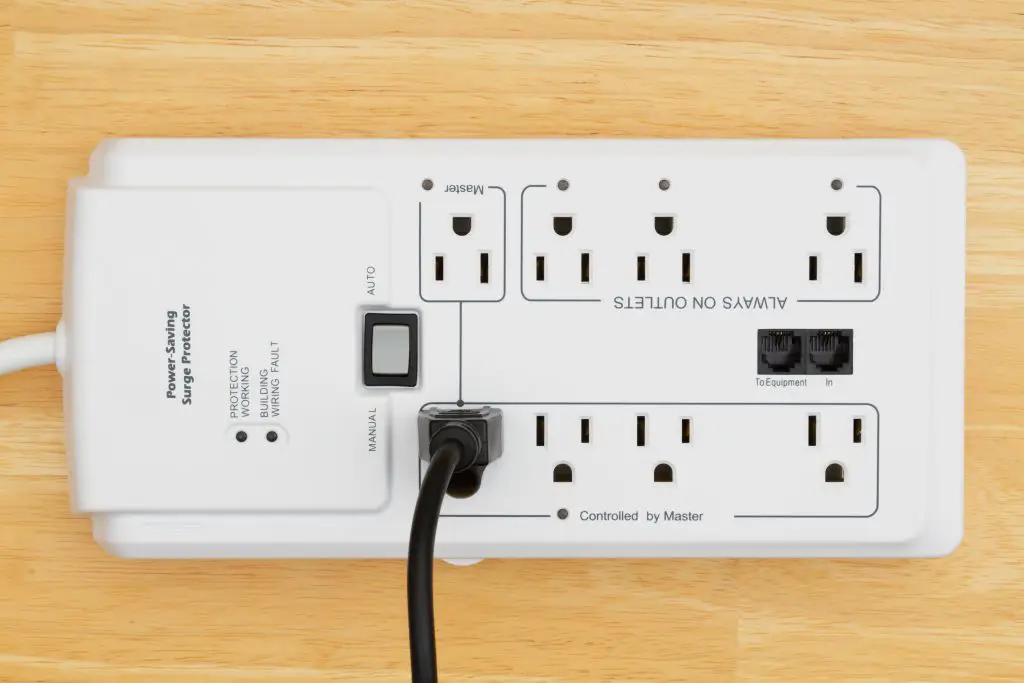
Surge protectors can be called “surge diverters” more accurately because they are designed to redirect or divert a voltage impulse or spike away from the connected devices. They use electrical components such as silicon avalanche diodes (SADs), metal oxide varistors (MOVs), and gas tubes to divert the excess voltage to grounding wires.
The surge protector is activated when the surge reaches a voltage threshold, called a “clamping voltage.” Above the threshold, impulses are switched across the diverter to the grounding wires. When the impulse falls below the point, the diverter stops conducting to the diversion path. These surge diverters also have a “clamping response time which is the time required to respond to an impulse.
But the connection stays in place, which becomes a problem when the impulse is so high in voltage the surge device components absorb too much energy to operate. And also does not react quickly enough to stop the surge flowing through to your equipment and similarly disabling it, if not destroying it.
Even within these limitations, there are variations in the level of protection offered by surge protectors. These levels are expressed in terms of joule rating. I won’t go into the physics of joules; suffice to say, there is more protection the higher the rating. The higher number of joules means the surge protector will likely handle one significant surge or multiple smaller surges. Over time the parts wear down and lose their effectiveness. Unfortunately, there is no way to tell the level of protection that remains.
So, now that we know the difference between power managers and surge protectors, let’s consider why we would choose one over the other.
Why Choose a Home Theater Power Manager?
Suppose the quality of your home electrical system is good, and you live in an area where power surges are relatively rare, and lightning strikes are even more periodic. In that case, your decision to buy a power manager is primarily one of “peace of mind.” Of course, your ability to bear the extra cost is also a factor, but you may decide to run with the risk of not installing one. If you are risk-averse, then it’s a “just in case” decision.
The case to buy a home theater power manager is more compelling when you’re faced with any or all of the following:
- there are quality issues with the electrical wiring in your home
- the electricity grid is unstable, and your area suffers from frequent power outages
- your site is subject to lightning strikes regularly
- your location suffers from the delivery of dirty power from the grid, and you’re looking to improve the performance of your home theater system
A power manager will provide cleaner power and, therefore, a more pristine sound in these circumstances. And you’ll have the peace of mind that you have protected your equipment from power surges of all kinds.
What if, despite all of the above, you’re still unsure whether to go for a power manager? In this case, let’s consider whether it makes any sense to buy a surge protector.
When to Choose a Home Theater Surge Protector?
One of the benefits of power managers is that they “condition” the power from wall outlets and thereby improve the performance of your equipment. However, you could argue that it would not be worth paying the extra amount for a power manager if this were the only benefit. Why is this?
It’s because the power supply of all electronics these days “conditions” the 120v current from wall outlets by filtering the noise and transforming it into the current needed for the device. So just buying a power manager for this reason alone is potentially a waste of money.
You might consider spending a lesser amount for some protection from power surges by buying a surge protector, but being fully aware of the limitations of these devices, as discussed earlier.
Even then, you might hesitate to buy any power manager or surge protector. The reason is that you’ve heard hardcore audiophiles have a problem with the adverse effect that power managers or any other such device have on audio quality.
Is There a Noise Problem With Home Theater Power Managers?
Audiophiles commonly complain that power managers strip out the vitality of the sound of audio peripherals. They believe that in the process of “cleaning” the power, the sharper bass and treble sounds are lost, producing a sound lacking in life and the dynamics of the original sound.
It’s for this reason they avoid buying power managers. But what do they do instead?
Avoiding the “So-Called” Noise Problem with Power Managers
The opponents of power managers suggest two possible solutions.
1. Power Regenerators
Power regenerators operate differently from power managers.
Power managers filter and pass the AC power (60Hz) from the wall outlet to the AV equipment components of your home theater system.
A power regenerator merely uses the wall outlet power to power itself. It internally uses a 60Hz oscillator that drives a high-capacity power amplifier that supplies clean 60Hz output to power the AV components.
Supporters of power regenerators argue that while power managers produce cleaner power, they do not entirely reduce noise and other impurities. In contrast, power regenerators send AC power close to being pure and free of noise, etc.
The problem with power regenerators is that they require an output capability that both powers their amplifier and can meet the power needs of all connected AV equipment. This normally means:
- they are expensive
- they are substantial in size and weight, so you need to ensure you have sufficient space
- they likely will consume significant power leading to a higher electricity bill
- they will produce heat that will warm up the room
- and if fan-cooled may generate some noise
That’s quite a list of factors to consider. On top of the fact, they don’t offer surge protection.
Their prime aim is to provide clean power, and combining a power regenerator with the second possible solution could even result in a better sound.
2. Dedicated Power Outlet
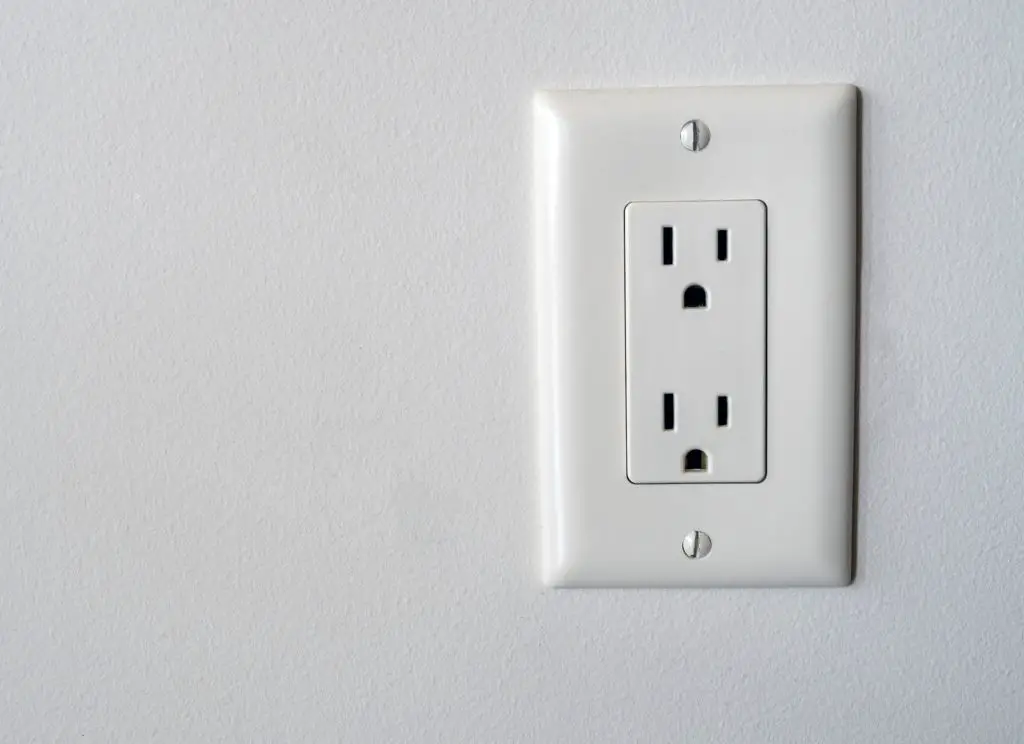
Some audiophiles argue that you can avoid the cost of power managers or even power regenerators by installing an extra outlet. An AC outlet dedicated to supplying power only to home theater electronic equipment means there are no household appliances attached to the line with the potential to “dirty” the power.
But this is not a cost-free option. Yes, it’s a one-time cost, but it’s still a cost that could cost hundreds of dollars depending on the distance of cable lines required, the difficulty of installation, and who you get to do the job.
And again, like power regenerators, there is no protection from power surges.
So, while these two noise avoidance options are viable (even if costly) for solving the “noise problem,” audiophiles still have to weigh whether to take the risk. Do they not worry about surge suppression and leave their connected equipment unprotected from electrical surges?
A Summary: Power Managers vs Surge Protectors For Home Theater
In the end, a decision whether to buy a power manager or a surge protector comes down to whether you want some peace of mind for some protection from power surges at a lower price, in which case you will probably go for a surge protector.
Or are you prepared to pay extra money because you want more effective surge suppression with a power manager and the added benefits of reducing power line noise and cable management?
Finally, if your concerns are more about audio quality and you have the cash, you might look at buying a power regenerator and maybe installing a dedicated AV outlet.
I hope that this article has given you enough information to make a balanced and knowledgeable decision.
Now let’s consider a few of the questions that arise when people like yourself are deciding whether to spend extra for surge protectors or power managers.
FAQs
Are Power Conditioners Better Than Surge Protectors?
Yes, you only get basic protection with a surge protector. In contrast, a power conditioner provides far more effective protection from power surges with the added benefits of reducing power line noise for improved audio quality and better management of your cables.
What is the difference between a surge protector and a power strip?
Both products allow you to plug multiple devices into a single wall outlet. The difference is that a surge protector has added circuitry that diverts electrical spikes to the ground away from any connected devices.
Why is a surge protector better than a power strip?
A surge protector is better than a power strip because it protects connected devices from power surges.
Do you need a surge protector with a power conditioner?
Using a surge protector with a power conditioner is a waste of money because a power conditioner can protect against power spikes just like a surge protector.

